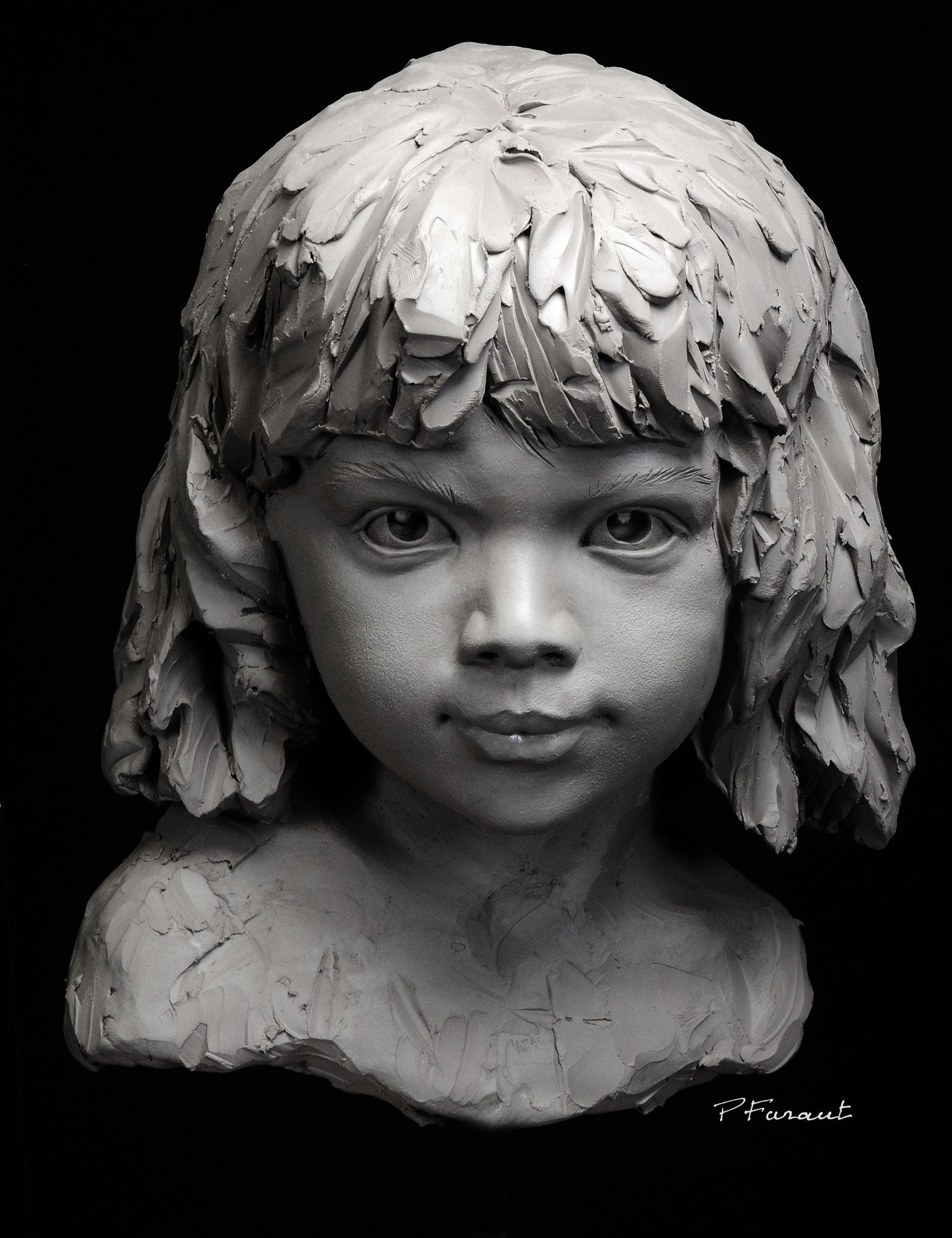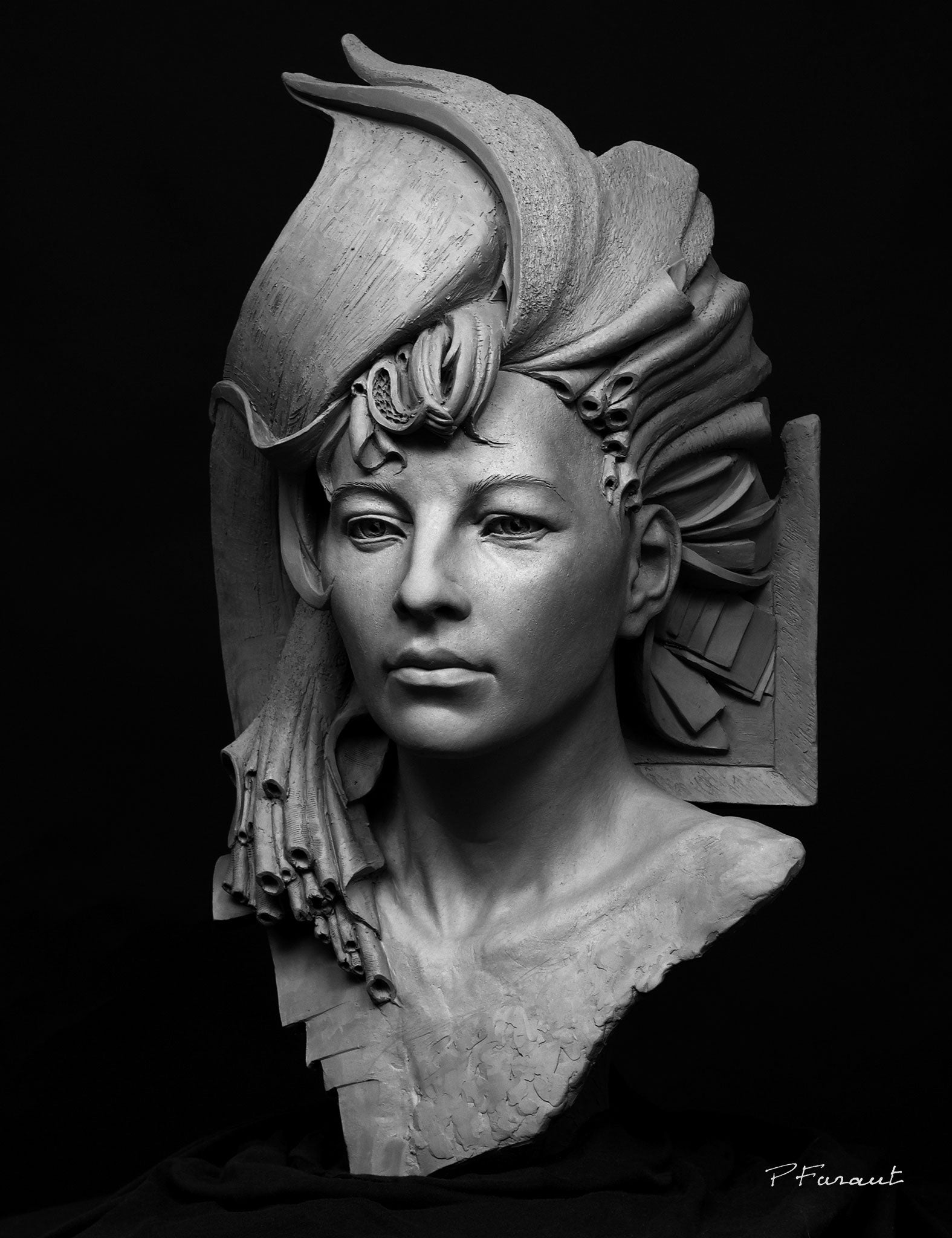The Development of Sculptures: From Old to Modern
The Advancement of Sculptures: From Old to Modern.
Sculpture, one of the oldest types of art, has actually been an integral part of human civilization for centuries (Robert C Hitchcock Sculptor). From the ancient worlds of Egypt and Greece to the contemporary age, sculptures have actually developed, mirroring modifications in imaginative methods, products, and social impacts. This journey with time traces the development of sculptures, discovering the shifts in vogue, subject, and imaginative expression
Beginning with the ancient globe, sculptures crafted from rock and later bronze caught the essence of deities, leaders, and day-to-day life. The Renaissance duration saw a rebirth of timeless sculpting strategies, as artists looked for to emulate the elegant forms of old Greek and Roman sculptures. In the contemporary period, musicians tested traditional boundaries, welcoming abstraction and testing with new products.

This expedition will certainly dive right into the varied advancement of sculptures, exposing the abundant tapestry of imaginative expression across different durations and societies.
Old Sculptures: From Rock to Bronze
Ancient sculptures transitioned from being carved out of stone to being cast in bronze. Stone sculptures, while remarkable in their very own right, were limited by the nature of the material.
The introduction of bronze as a medium for sculptures caused a transformation in imaginative expression. Bronze offered carvers the possibility to produce elaborate and natural types that were not possible with rock. The procedure of casting bronze permitted the creation of multiple duplicates of a sculpture, allowing larger distribution and conservation of these creative work of arts.
The change from rock to bronze likewise saw a shift in the subject matter of sculptures. While rock sculptures primarily illustrated gods, goddesses, and mythical figures, bronze sculptures started to show a broader variety of subjects, consisting of everyday people and pets. This development of subject issue showcased the versatility and flexibility of the bronze medium.
Renaissance Rebirth: Sculpting in the Timeless Design
The Renaissance rebirth of sculpture saw a rebirth in the classic style, structure upon the improvements made during the shift from rock to bronze in ancient sculptures. Throughout this period, artists looked for to recreate the timeless aesthetic and perfects of beauty that were prevalent in old Greek and Roman sculptures.
Among the vital features of the Renaissance resurgence was the focus on naturalism and the human type. Sculptors like Donatello and Michelangelo make every effort to capture the physiological details and expressions of their subjects with extraordinary accuracy. They examined the body and integrated their observations into their sculptures, resulting in realistic and reasonable representations.
An additional essential element of the Renaissance revival was the expedition of point of view and depth. Musicians utilized strategies such as contrapposto, where the weight of the body is shifted to one side, developing a feeling of movement and dynamism. They likewise experimented with different materials, including marble and bronze, to attain a degree of sophistication and ins and out in their sculptures.
The timeless style of the Renaissance resurgence had an extensive impact on later periods of art, offering as a structure for the growth of Western sculpture. It brought a renewed recognition for the appeal and majesty of the human type, and its heritage can still be seen in modern sculptures today.
Modernism and the Avant-Garde: Damaging Standard Limits

One of the crucial characteristics of modernist sculpture was the focus on abstraction. Sculptors moved far from practical representations and instead concentrated on catching the essence of the subject via streamlined forms and geometric forms. This separation from traditional representation permitted artists to share their emotions and ideas in a much more subjective and individual fashion.
Moreover, the progressive activity tested social standards and conventions, encouraging artists to experiment and press the limits of their art - Portrait Sculptor. Carvers began integrating unconventional products such as located items, industrial materials, and also natural environments into their job. This exploration of brand-new materials and techniques not just expanded the possibilities for sculpture yet likewise tested the conventional ideas of what might be taken into consideration art
Contemporary Sculptures: Discovering New Products and Concepts
With a concentrate on discovering brand-new products and ideas, contemporary sculptures have actually changed the field of art. Artists today are pushing the boundaries of typical sculpture by exploring and utilizing ingenious products with abstract principles. These sculptures test traditional notions of materiality, kind, and significance, welcoming visitors to involve in a brand-new and provocative artistic experience.
Contemporary artists are welcoming a wide variety of materials, including plastic, glass, metal, and even organic issue. Equine Sculptures. They are not restricted to the standard medium of stone or clay, permitting greater flexibility of expression and testing. This change towards unconventional materials has actually opened new possibilities for musicians to create sculptures that are dynamic, interactive, and aesthetically striking
Along with checking out brand-new products, modern sculptures also explore complex and abstract ideas. Artists are now exploring styles such as identification, social issues, and the environment, utilizing sculpture as an effective tool for social commentary and self-contemplation. These sculptures challenge customers to believe critically and involve with art on a much deeper degree, sparking discussions and prompting psychological feedbacks.
Worldwide Influences: Sculptural Practices From Worldwide

In old Egypt, sculptures were created mostly for funerary and religious objectives. The image source iconic sculptures of pharaohs and gods, such as the Great Sphinx and the bust of Queen Nefertiti, display the Egyptians' mastery of stone sculpting and their idea in the immortality.
In old Greece, sculpture reached its height throughout the classic duration. Influenced by the perfects of proportion, appeal, and consistency, Greek sculptures stressed the human form and celebrated the achievements of gods, heroes, and athletes. The popular sculptures of Aphrodite of Knidos and the Discobolus exemplify the Greeks' quest of excellence in sculptural art.
In old Rome, sculpture served both creative and political purposes. Bronze Sculptures. Roman sculptures usually illustrated emperors, generals, and mythical figures, reflecting the power and magnificence of the realm. The marble statuary of Augustus of Prima Porta and the monumental Arc of Constantine are noteworthy instances of Roman sculptural accomplishments
Eastern sculptural customs, particularly in India, China, and Japan, have additionally had an extensive impact on the development of sculptures. Indian sculptures, such as the elaborately carved holy places of Khajuraho and the enormous statues of Buddha, display a rich combination of spiritual, mythical, and architectural aspects. Chinese sculptures, identified by their fine workmanship and attention to detail, typically represent deities, animals, and famous figures. Japanese sculptures, influenced by Buddhism, emphasize simpleness and peace, seen in the calm sculptures of Buddha and the classy art of bonsai.
The worldwide influences on sculpture proceed to develop in the modern era. As we look to the future, it is specific that the global influences on sculpture will proceed to form and redefine this old art kind.
Verdict
In final thought, the advancement of sculptures has seen a change from ancient rock and bronze functions to the timeless rebirth during the Renaissance. Today, modern sculptures discover new products and ideas, while additionally drawing inspiration from worldwide sculptural practices - Robert C Hitchcock Sculptor.
From the ancient human beings of Egypt and Greece to the modern-day era, sculptures have evolved, reflecting modifications in imaginative techniques, products, and cultural impacts.Starting with the old globe, sculptures crafted from stone and later bronze recorded the significance of deities, rulers, and everyday life.Ancient sculptures transitioned from being sculpted out of rock to being cast in bronze. While rock sculptures predominantly shown gods, goddesses, and mythological numbers, bronze sculptures began to show a wider array of subjects, including everyday people and animals.In verdict, the evolution of sculptures has seen a change from ancient rock and bronze works to the timeless rebirth throughout the Renaissance.